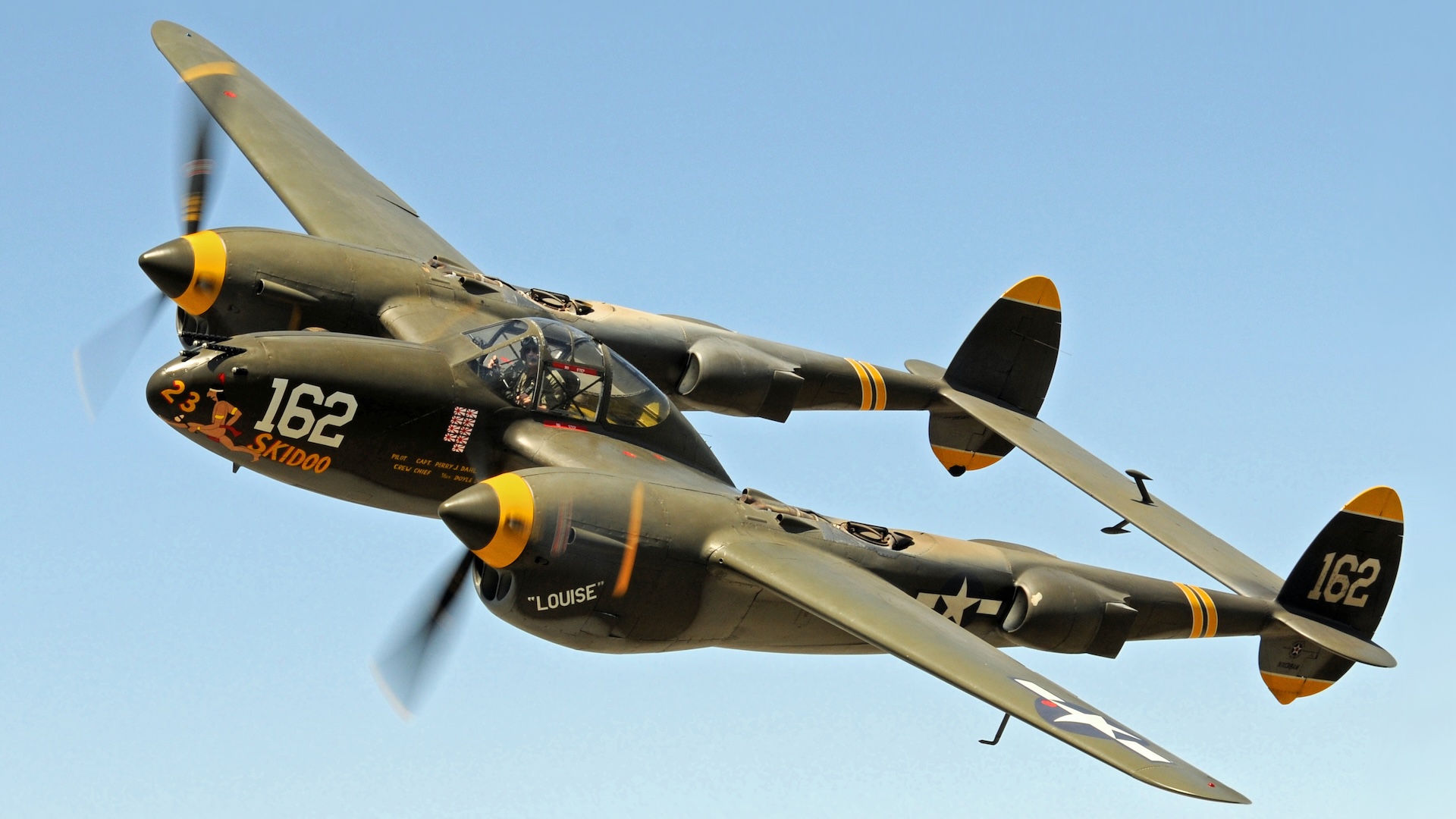

From the window to the wall, you could build a bookcase to house all the misinterpreted words and phrases of the English language. One of them is “balls to the wall,” which sounds like a line from a Lil Jon song. In reality, this expression predates the king of crunk himself, and comes from a much unlikelier source.
This saying, which means to go all-out, was long attributed to the world of railroading—incorrectly. Some steam locomotives used something called a centrifugal governor, which spins round weights on the ends of arms to open and close an aperture post into the steam cylinders. It’s basically the inverse of variable valve timing, meant to prevent overspeeding. And if housed inside a cylinder, the governor would at high speed run “balls to the wall,” so to speak. But the actual origin (much like the similar “balls out”) refers to an arguably hairier situation than a speeding train.

According to the Oxford English Dictionary, the first documented use in the English language dates from a 1967 account of a U.S. air raid against Hanoi in the early Vietnam War. Rather than referring to a scenario in a dogfight, where extreme G-forces could conceivably pull looser elements of one’s anatomy in one direction or another, the phrase just refers to opening the throttles. On some U.S. military aircraft, the throttle was actuated by a lever topped by a round knob, and it was opened by pushing that lever forward. And so, to push it all the way toward the firewall was to go “balls to the wall.”
But a wrinkle remains in identifying the aircraft that inspired the phrase. From a cursory look at the most famous U.S. military aircraft of the Vietnam era, such as the B-52 Stratofortress and F-4 Phantom II, it doesn’t appear that ball-topped throttles were used in contemporary designs. That may be because the phrase was apocryphally already in use as of the 1950s, according to Korean War veterans cited by Slate. Again, they don’t seem to have been used in the F-86 Sabre or P-80 Shooting Star, but turning the clock further back to World War II aircraft finally gets us to what we’re looking for.

Look into the cockpits of a P-51 Mustang or P-38 Lightning, and you’ll find throttles (or at least parts of them) controlled by spherical knobs at the ends of levers. The fact that the phrase’s spheres are plural also indicates it was coined from the cockpit of a multi-engine aircraft, where the engines can be controlled individually. The P-38 is, therefore, one possible origin. (The similar phrase “balls out” is also traceable to a WWII aircraft, though to just a single-engined P-47 Thunderbolt.)
Tracing the saying to one particular aircraft is probably impossible, but it’s feasible some of those WWII vets handed the saying down to pilots they’d train to fly over Korea—and who survived to recall an earlier use than any document proves. We may never know the exact truth, but we can say with certainty that balls weren’t something early fighter pilots were short of.
Got a tip or question for the author? You can reach them here: james@thedrive.com